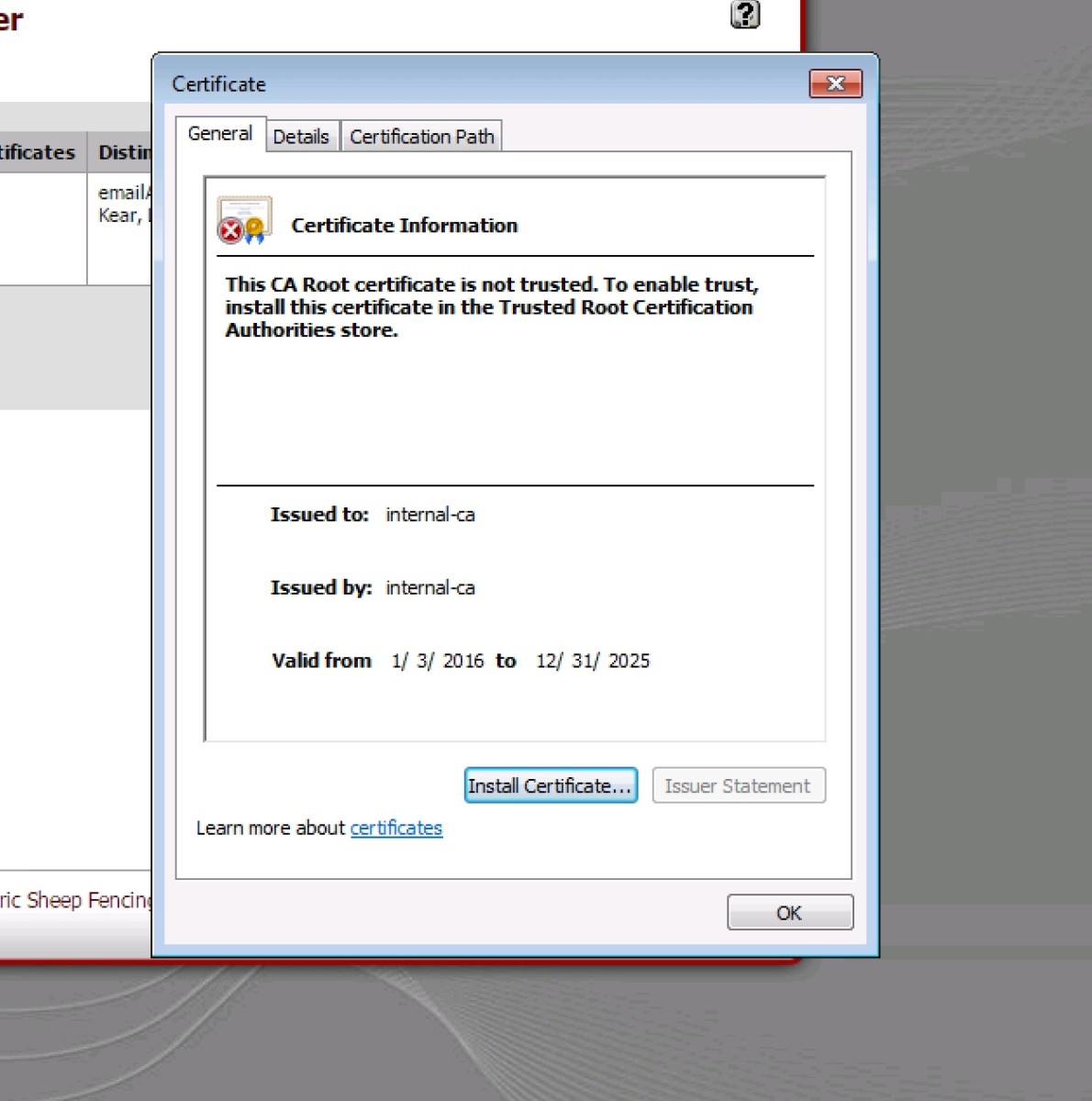Installing WineHQ packages
If you have previously installed a Wine package from another repository, please remove it and any packages that depend on it (e.g., wine-mono, wine-gecko, winetricks) before attempting to install the WineHQ packages, as they may cause dependency conflicts.
If your system is 64 bit, enable 32 bit architecture (if you haven't already):
sudo dpkg --add-architecture i386
Download and add the repository key:
wget -nc https://dl.winehq.org/wine-builds/winehq.key
sudo apt-key add winehq.key
Add the repository:
| For this version: | Use this command: |
|---|---|
| Ubuntu 19.10 | sudo apt-add-repository 'deb https://dl.winehq.org/wine-builds/ubuntu/ eoan main' |
| Ubuntu 19.04 | sudo apt-add-repository 'deb https://dl.winehq.org/wine-builds/ubuntu/ disco main' |
| Ubuntu 18.04
Linux Mint 19.x
|
sudo apt-add-repository 'deb https://dl.winehq.org/wine-builds/ubuntu/ bionic main' |
| Ubuntu 16.04
Linux Mint 18.x
|
sudo apt-add-repository 'deb https://dl.winehq.org/wine-builds/ubuntu/ xenial main' |
sudo apt update
Then install one of the following packages:
| Stable branch |
sudo apt install --install-recommends winehq-stable
|
|---|---|
| Development branch |
sudo apt install --install-recommends winehq-devel
|
| Staging branch |
sudo apt install --install-recommends winehq-staging
|
If you have previously used the distro packages, you will notice some differences in the WineHQ ones:
- Files are installed to /opt/wine-devel, opt/wine-stable, or /opt/wine-staging (depending on which version you installed).
- Menu items are not created for Wine's builtin programs (winecfg, etc.), and if you are upgrading from a distro package that had added them, they will be removed. You can recreate them yourself using your menu editor.
- Binfmt_misc registration is not added. Consult your distro's documentation for update-binfmts if you wish to do this manually.
- WineHQ does not at present package wine-gecko or wine-mono. When creating a new wine prefix, you will be asked if you want to download those components. For best compatibility, it is recommended to click Yes here. If the download doesn't work for you, please follow the instructions on the Gecko and Mono wiki pages to install them manually.
Installing without Internet
To install Wine on an Ubuntu machine without internet access, you must have access to a second Ubuntu machine (or VM) with an internet connection to download the Wine .deb package and its dependencies.The procedure goes like this: On the machine with internet, add the WineHQ PPA, then cache just the necessary packages without actually extracting them:
sudo add-apt-repository ppa:wine/wine-builds
sudo apt-get update
Then cache just the packages necessary for installing wine, without extracting them:
sudo apt-get clean
sudo apt-get --download-only install winehq-devel
sudo apt-get --download-only dist-upgrade
Copy all of the .deb files in /var/cache/apt/archives to a USB stick:
cp -R /var/cache/apt/archives/ /media/usb-drive/deb-pkgs/
Finally, on the machine without internet, install all of the packages from the flash drive:
cd /media/usb-drive/deb-pkgs
sudo dpkg -i *.deb
The same instructions can also be used for an offline installation of the `winehq-staging` packages.
Compiling WoW64
Ubuntu's implementation of Multiarch is still incomplete, so for now you can't simply install 32-bit and 64-bit libraries alongside each other. If you're on a 64-bit system, you'll have to create an isolated environment for installing and building with 32-bit dependencies. See Building Biarch Wine On Ubuntu for detailed instructions for Ubuntu using LXC, and Building Wine for general information.Fonte: https://wiki.winehq.org/Ubuntu


